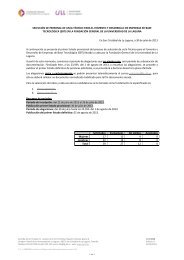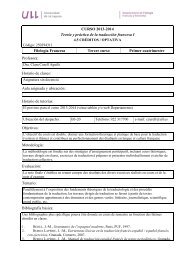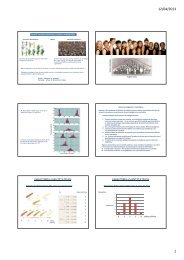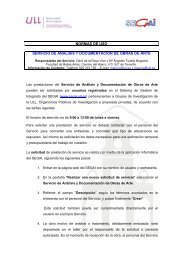20 CHAPTER 3 REVIEW OF CONJOINT ANALYSIS THEORY ...
20 CHAPTER 3 REVIEW OF CONJOINT ANALYSIS THEORY ...
20 CHAPTER 3 REVIEW OF CONJOINT ANALYSIS THEORY ...
You also want an ePaper? Increase the reach of your titles
YUMPU automatically turns print PDFs into web optimized ePapers that Google loves.
Data Collection<br />
The next step in CA involves the method of data collection. The issues of data<br />
collection for this study were the questionnaire design, the selection of a technique for<br />
survey administration, and the method of presentation for conjoint data collection. The<br />
aim is to present to respondents various attribute combinations i.e., product profiles that<br />
facilitate effective preference evaluation. Presentations can either be in a written or<br />
pictorial format. There are three main presentation methods. They include the trade-off,<br />
full-profile and pair-wise comparison methods. These methods will be discussed in the<br />
next section of this study.<br />
Methodology<br />
This section outlines the steps used to evaluate consumer attitudes concerning<br />
agricultural biotechnology and labeling formats for food products made using<br />
biotechnology. Steps of CA include: 1) attribute selection, 2) experimental design, 3)<br />
Questionnaire/survey construction, and 4) selection of an empirical model. Attribute<br />
selection plays an important role in CA because it affects the accuracy of the results and<br />
the relevance of the stimuli to real managerial decisions. Once the attribute and attribute<br />
levels have been selected, they must be combined into hypothetical products for<br />
respondents to rate or rank. This forms the basis for the experimental design, where<br />
respondents are shown various forms of a product and then asked to evaluate the different<br />
hypothetical products. In effect, the experimental design allows researchers to assess the<br />
effect of one or more independent variables (the attribute-level) on the dependent variable<br />
(product rating). To administer conjoint analysis, surveys are used as the data collection<br />
25















